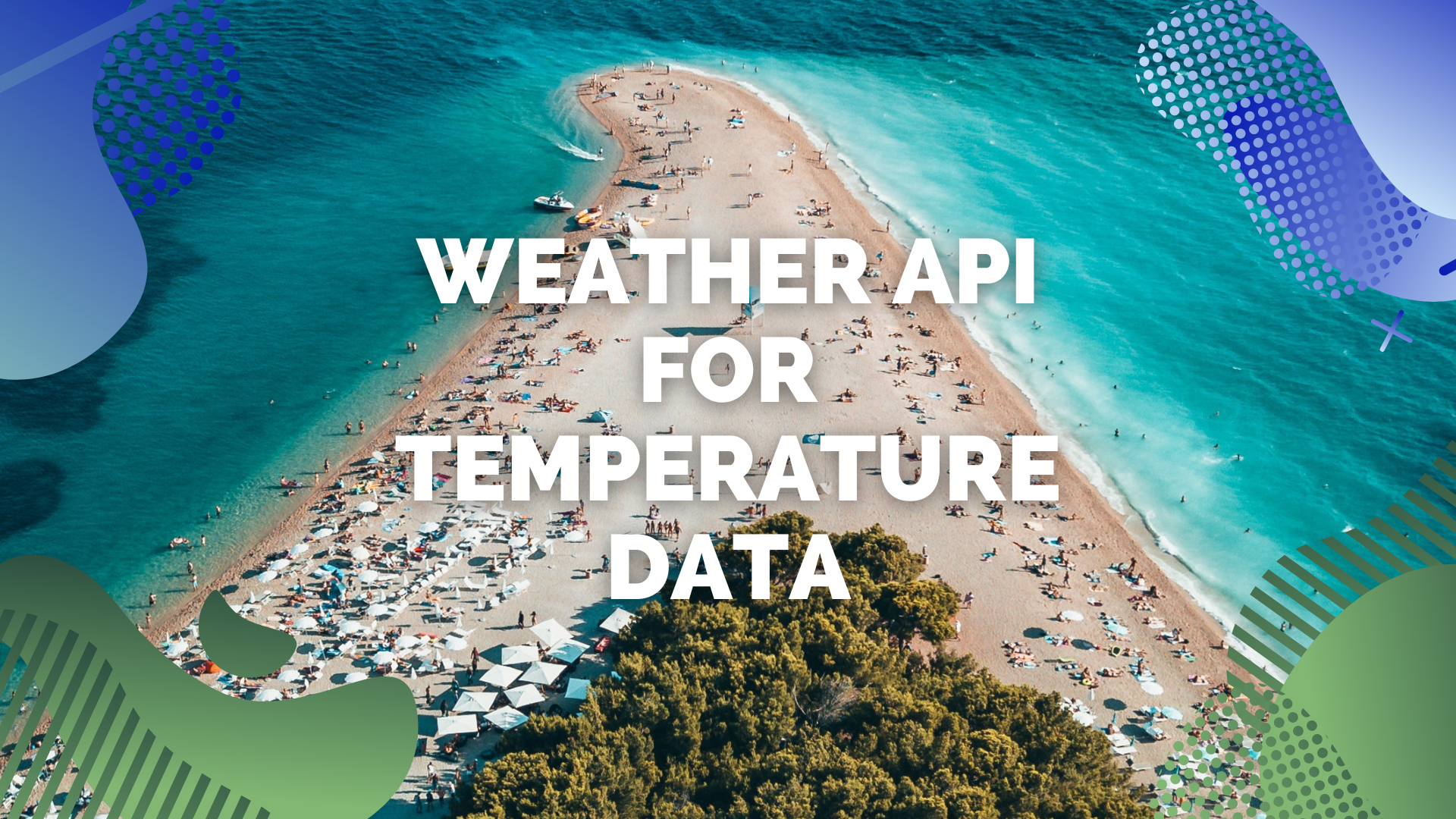Are you wondering about How To Get Temperature Data For Each Country? For that, you’ll need a weather API. In this article, we’ll tell you all about it.
What is an API?
APIs (Application Programming Interfaces) are programs that allow two different software to communicate with each other by following a set of definitions and protocols. For example, your phone’s weather app communicates with weather database software through APIs; then the APIs reflect the responses sent by the database; and finally, the app shows you daily weather updates on your phone.
When it comes to APIs, the word Application is any software with a distinctive role. And Interface represents an agreement of assistance between two applications. This agreement establishes how the two talk to each other using requests and responses.

API Documentation
Additionally, the API documentation comprises information on how users need to structure those requests and responses. Every API has specific requests that it accepts; for example, weather APIs requests to each data endpoint contain the location of interest.
API Architecture
More often than not, API architecture is explained in terms of:
- Client: This is the application that sends the requests. In the case of REST APIs, like weather APIs, the requests are sent as data.
- Server: This application responds to the requests. For REST APIs, the server uses the input data sent by the client and responds by returning output data to the client.
So in the weather scenario; the weather database is the server, and the weather app is the client.

Weather APIs
Certainly, we have already covered extensively the topic of APIs. But, we’re going to now briefly explain what a weather API does.
Basically, a weather API delivers real-time current weather data to its users. Moreover, there are weather APIs that also give access to forecast information; like it’s the case of Current Weather and Forecasted Weather API.
In general, weather APIs are used to integrate weather data into web applications and to present specific weather conditions for a number of scenarios.
For example, an airline can use a weather API to display on their website the specific weather conditions of all the destinations offered; so that travelers are better informed about the place they’re going. On the other hand, the airline can also use the API for them to be more informed of the conditions the pilots are going to fly through.

“How Can I Get Temperature Data For Each Country Using A Weather API?”
Simple, use Current Weather and Forecasted Weather API
Current Weather and Forecasted Weather API allows its users to obtain accurate real-time current weather data. Also, users can retrieve forecasted weather data from the next 5 days, and from the next 16 days.

Furthermore, Current Weather and Forecasted Weather API has worldwide capabilities. And because of this, this API has a few advantages:
- Most importantly, this API allows for queries by city names; zip codes; and latitudes and longitudes of anywhere in the whole world. So, you can be located in any country in the world and you’ll still be able to obtain the weather information.
- Current Weather and Forecasted Weather API has over 15 supported languages. Amazing!
- The temperature data can be retrieved in Fahrenheit or Celsius degrees.
- Additionally, this API can display data in the metric or imperial system.
Moreover, users of Current Weather and Forecasted Weather API will receive actual conditions; a variety of temperatures including maximum, median, minimum, current, and feels-like; wind conditions; humidity; atmospheric pressure; and more.
To find out more about Current Weather and Forecasted Weather API, you can go to the Zyla Labs API Marketplace.

